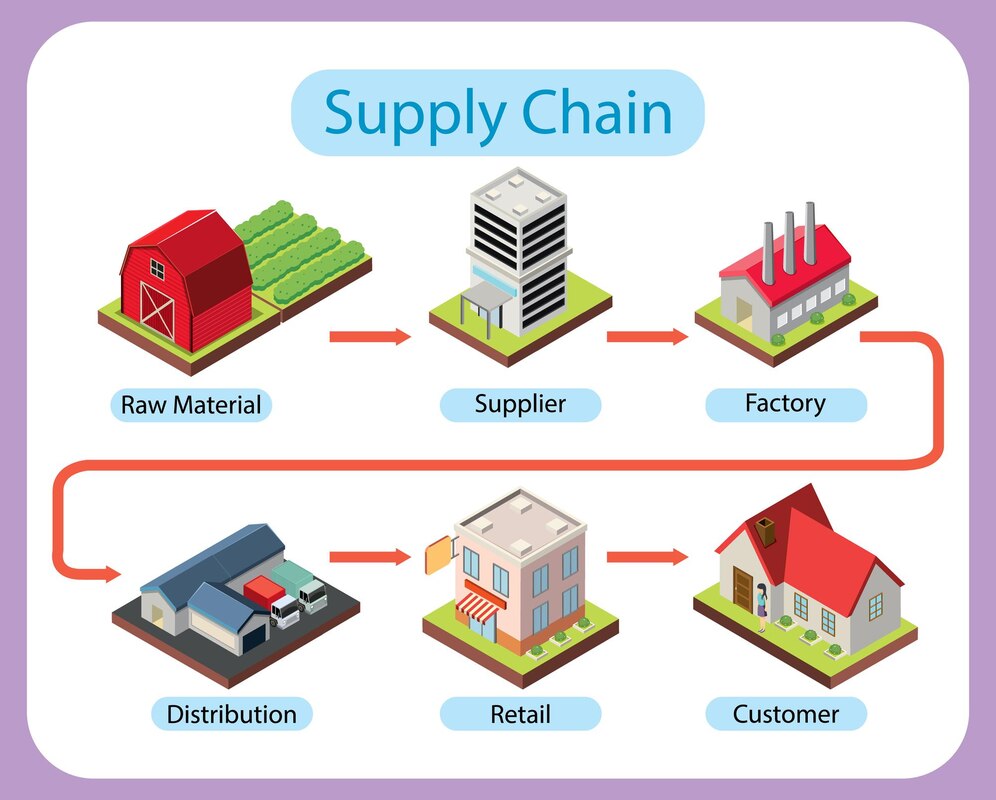Introduction:
In today’s interconnected world, agricultural supply chains are increasingly vulnerable to various disruptions such as extreme weather events, market fluctuations, and geopolitical tensions. Building resilience in these supply chains is crucial to ensure the stability and sustainability of food production and distribution. In this blog post, we’ll explore five key strategies that farmers, suppliers, and stakeholders can implement to strengthen the resilience of agricultural supply chains.
1. Diversification of Sourcing:
One of the fundamental strategies for enhancing resilience in agricultural supply chains is diversifying sourcing. Relying on a single source for inputs or outputs can leave supply chains vulnerable to disruptions. Farmers and suppliers can mitigate this risk by sourcing inputs from multiple suppliers and selling their products through various distribution channels. By spreading the risk across different sources, supply chains become more adaptable and resilient to unforeseen challenges.
2. Adoption of Technology:
Technology plays a crucial role in improving the resilience of agricultural supply chains. Advanced forecasting and planning systems can help farmers anticipate demand fluctuations and adjust production accordingly. Additionally, technologies such as blockchain and IoT enable greater transparency and traceability throughout the supply chain, facilitating quicker response to disruptions and ensuring the integrity of products. Embracing digital solutions empowers stakeholders to make data-driven decisions and enhance overall resilience.
3. Investment in Infrastructure:
Investing in robust infrastructure is essential for building resilience in agricultural supply chains. Adequate transportation networks, storage facilities, and processing plants ensure the efficient movement of goods from farm to market, reducing the impact of logistical challenges. Furthermore, infrastructure investments can help mitigate the effects of extreme weather events by providing shelters for livestock and protecting crops from environmental risks. Strengthening the physical infrastructure of supply chains enhances their ability to withstand disruptions and maintain continuity of operations.
4. Collaboration and Partnerships:
Collaboration among stakeholders is key to building resilience in agricultural supply chains. Farmers, suppliers, distributors, and retailers must work together to share information, resources, and best practices. Establishing strong partnerships fosters greater coordination and communication, enabling swift responses to disruptions and collective problem-solving. Collaborative efforts can also lead to the development of innovative solutions and contingency plans that benefit the entire supply chain ecosystem.
5. Sustainable Practices:
Promoting sustainability in agriculture is essential for long-term resilience. Sustainable farming practices not only reduce environmental impact but also enhance the resilience of supply chains by preserving natural resources and ecosystem services. Practices such as crop rotation, soil conservation, and water management improve soil health and resilience to extreme weather events, ultimately ensuring the stability and productivity of agricultural systems. Embracing sustainability not only mitigates risks but also contributes to the overall resilience and viability of agricultural supply chains.
Conclusion:
Building resilience in agricultural supply chains requires a multifaceted approach that encompasses diversification, technology adoption, infrastructure investment, collaboration, and sustainability. By implementing these strategies, stakeholders can mitigate risks, enhance adaptability, and ensure the continued stability and sustainability of food production and distribution systems. In an increasingly uncertain world, resilience is not just a desirable trait but a necessity for the future of agriculture.
